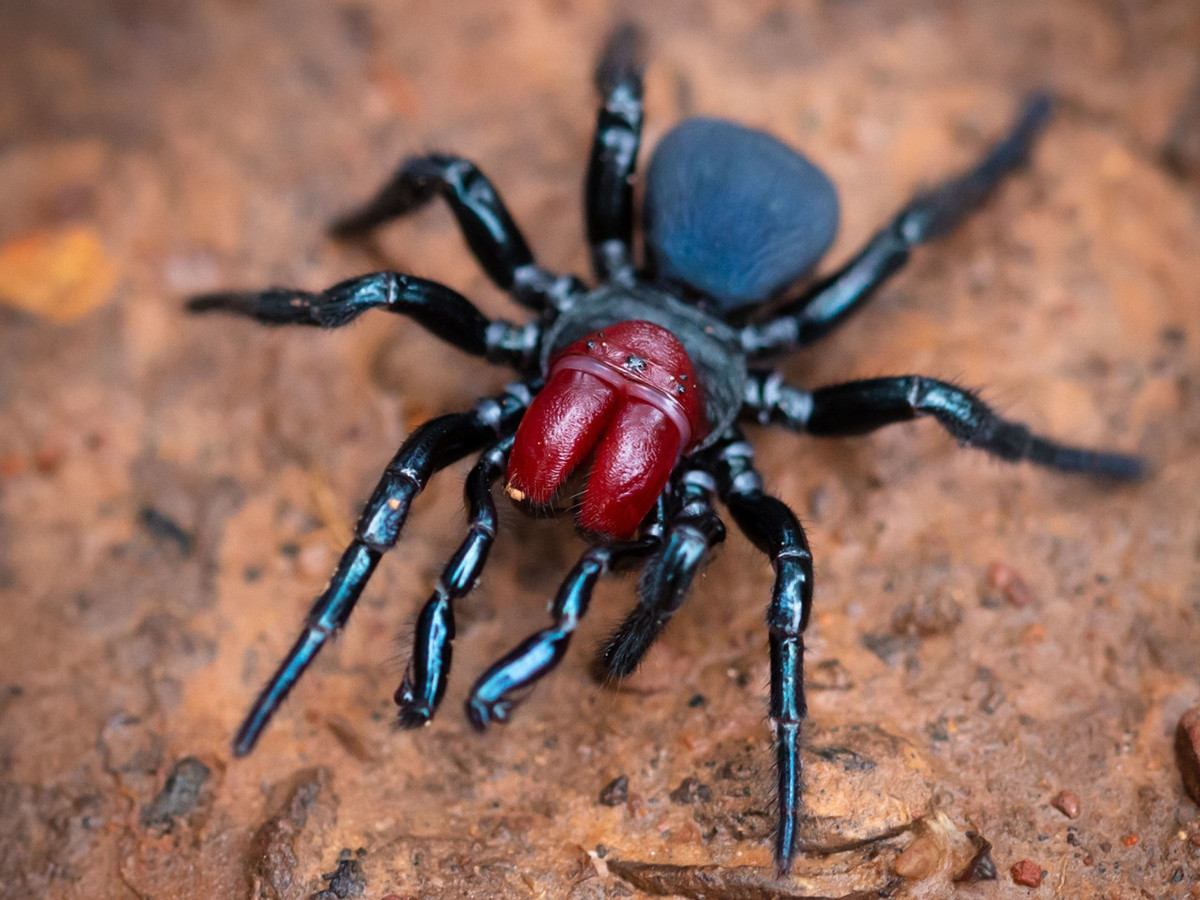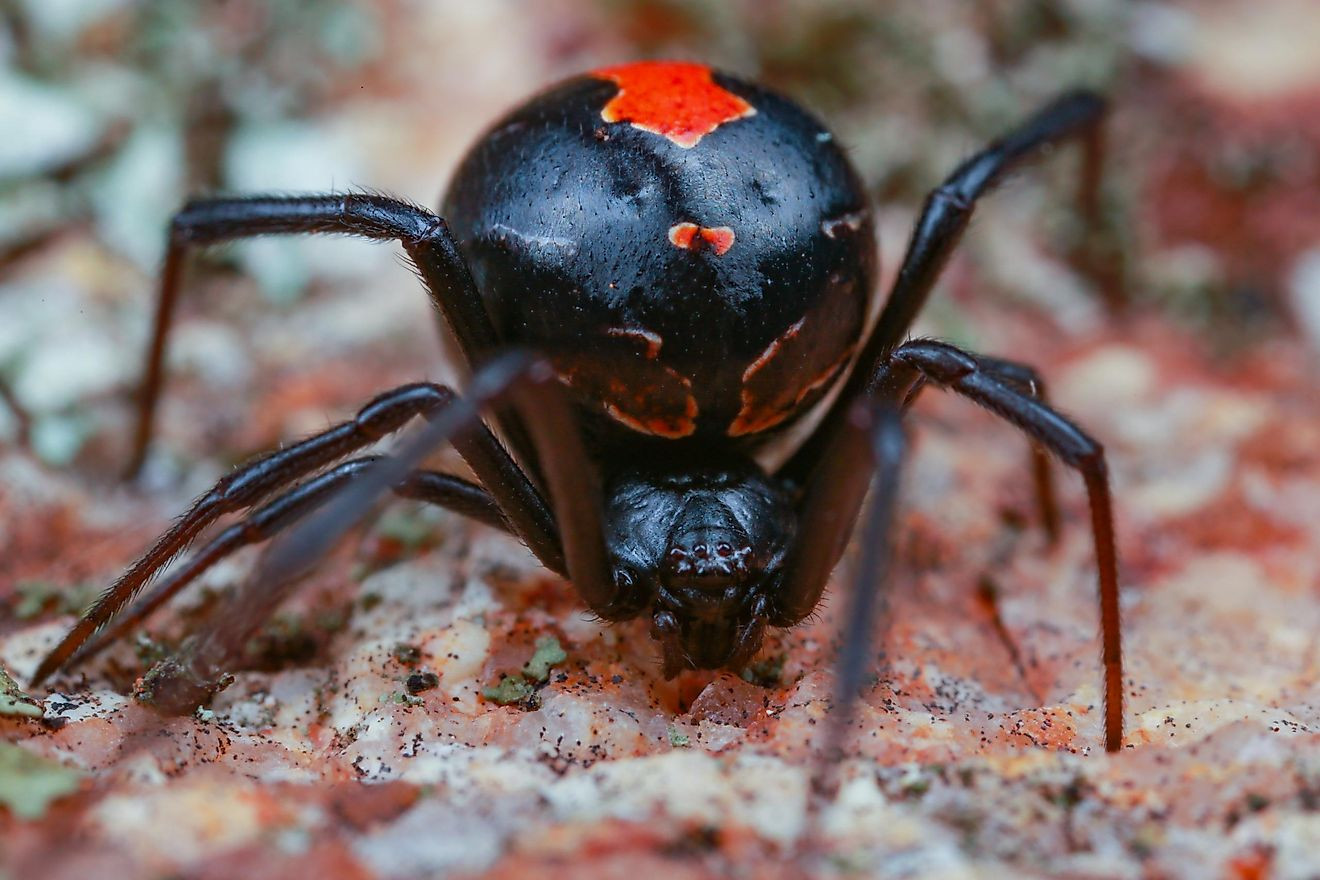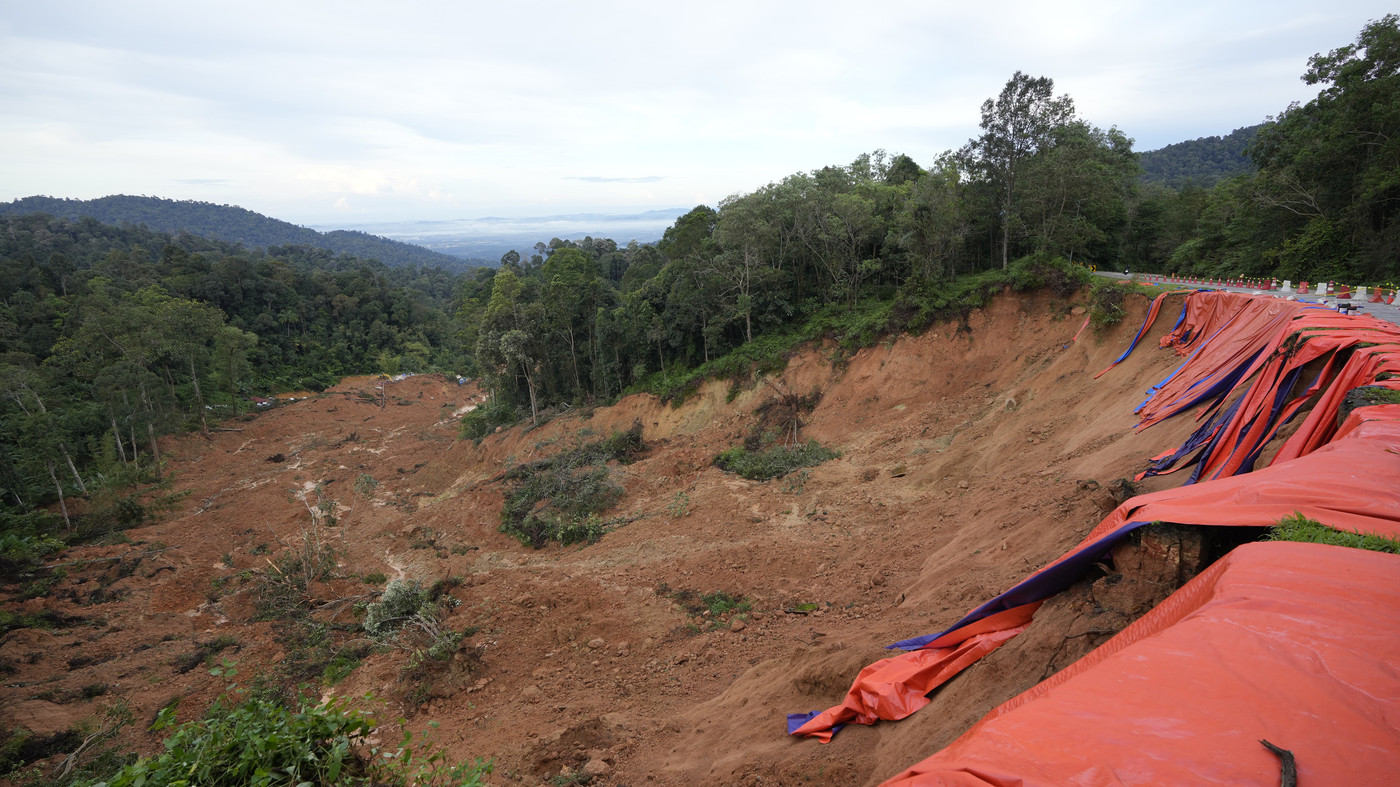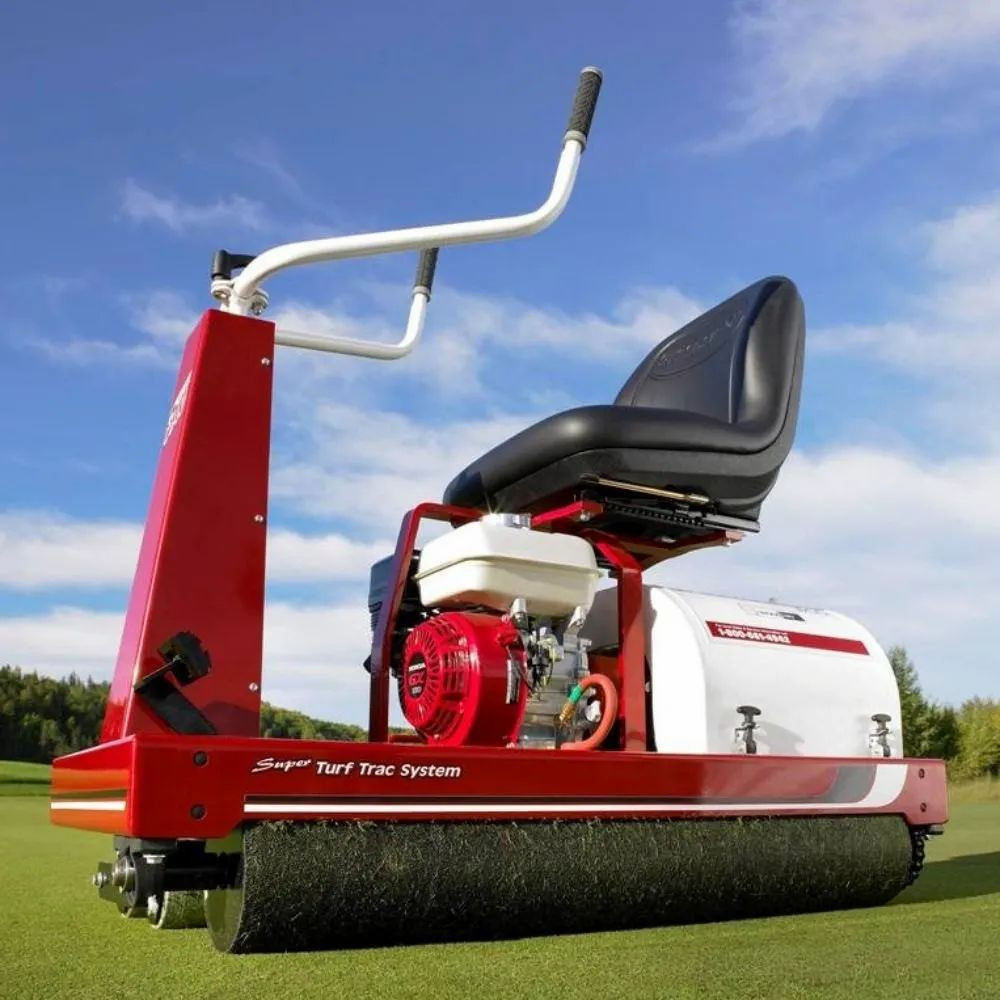Australia's Deadly Spider Season: A Call to Action
The Australian Reptile Park in New South Wales is issuing an urgent plea to residents: capture and donate funnel-web spiders. These arachnids, renowned for their potent venom, are entering their breeding season, making them more prevalent and increasing the risk of bites. This annual call to action is not merely a quirky request from a zoo; it's a critical effort to maintain the supply of life-saving antivenom.
The Danger of Funnel-Web Spiders
Funnel-web spiders, particularly the Sydney funnel-web (Atrax robustus), are among the world’s most venomous spiders. Their venom is potent enough to kill a human within 15 minutes without antivenom treatment. While antivenom has been available since 1981, eliminating fatalities, the park's venom milking program relies heavily on public donations to ensure continued production.
The Role of Antivenom
Before the development of antivenom, at least 13 people died from funnel-web spider bites. This underscores the critical role the antivenom plays in preventing future tragedies. The park's program is the sole supplier of the antivenom in Australia, a testament to their importance in public health.
Why the Public's Help Is Needed
The Australian Reptile Park is the only facility in Australia that milks funnel-web spiders to extract their venom for antivenom production. Each vial of antivenom requires approximately 150 spiders, and male funnel-webs have short lifespans. Thus, constant replenishment of the spider supply is essential. The ideal conditions for funnel-web activity—recent rains and warming temperatures—have increased spider sightings, further emphasizing the need for public assistance.
The Importance of Egg Sacs
The park's appeal extends beyond adult spiders. Egg sacs, often containing 150-200 spiderlings, are also highly valued. These spiderlings contribute significantly to the long-term supply of venom needed for antivenom production.
How to Safely Capture a Funnel-Web Spider
The park provides detailed instructions for safely catching funnel-web spiders and their egg sacs, emphasizing caution and safe handling techniques. The process involves using a suitable container (a wide-mouthed jar with a lid works well) and a long spoon to gently guide the spider into the jar. Adding some damp soil provides a more comfortable environment for the spider during transport. Once safely secured, the spider can be dropped off at one of the park's collection points.
Handling Procedures
The park's instructional videos clearly demonstrate the proper procedure for handling these dangerous creatures. The emphasis is on gentle and swift capture, preventing the spider from becoming agitated. The correct handling procedure minimises risk to both the spider and the person collecting it.
The Impact of Public Participation
The Australian Reptile Park's annual call for spider donations is a critical part of their antivenom program. Numerous individuals have shared personal stories of how the antivenom saved their lives or the lives of loved ones. These testimonials underscore the program's profound impact on the community and the crucial role of public involvement.
Personal Testimonials
Many individuals have expressed their gratitude for the program on the Australian Reptile Park's social media platforms. People like Nicole Webber and Karen Wright share their heartfelt experiences of how the antivenom saved their lives or the lives of their loved ones, inspiring others to participate. These real-life stories provide compelling evidence of the critical work this park performs.
A Community Effort to Save Lives
The Australian Reptile Park's annual call for spider donations isn't just about collecting arachnids; it's a community effort to save lives. By safely capturing and donating funnel-web spiders, residents can directly contribute to the production of life-saving antivenom and ensure the continued success of this crucial program.
The park has provided clear and concise guidelines, urging people to exercise caution but also emphasizing the straightforward nature of the contribution. This community initiative exemplifies the power of collective action in safeguarding public health, demonstrating that even seemingly small contributions can make a significant difference.
The Australian Reptile Park, through its proactive approach and community engagement, serves as a remarkable example of effective collaboration between a research institution and the public, ultimately leading to improved public health outcomes. This collaborative effort showcases the powerful impact that community participation can have on addressing crucial health challenges and saving lives. Let’s show our support and help ensure the safety of our communities.


















